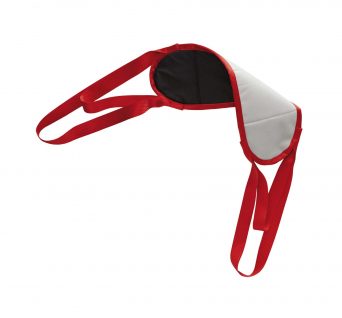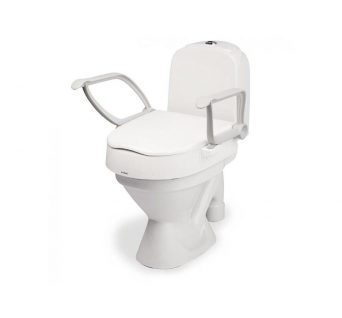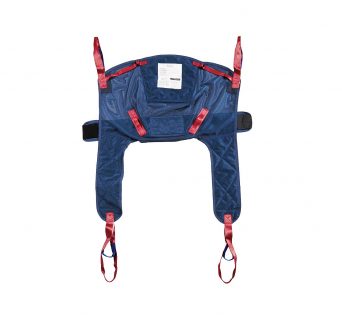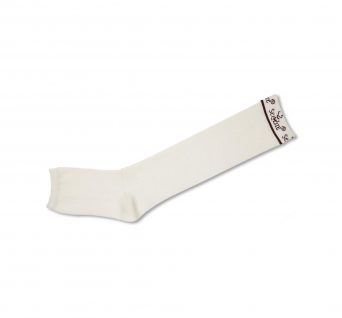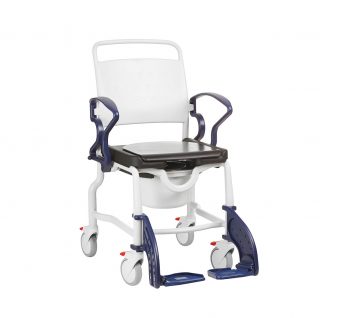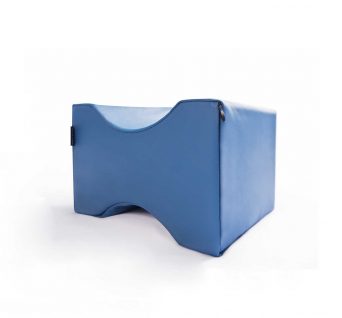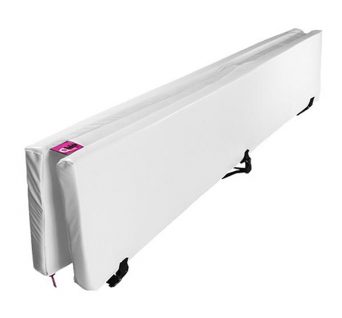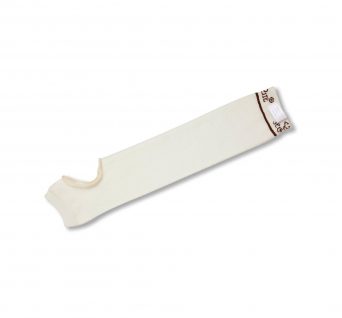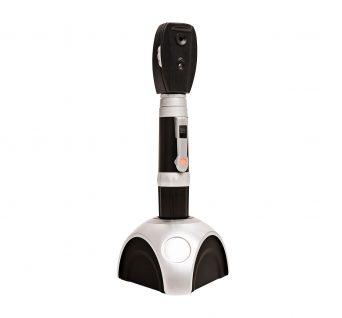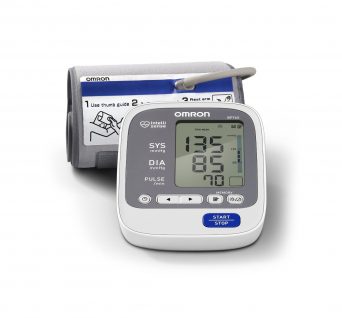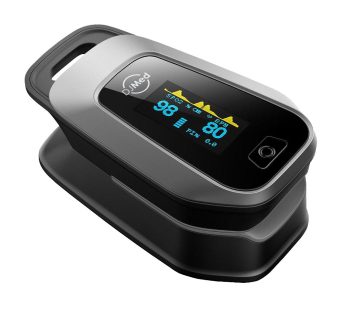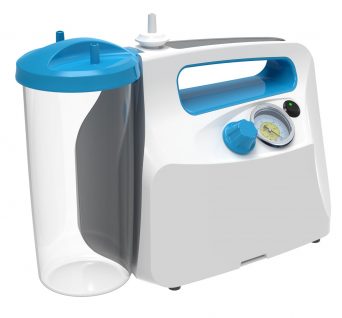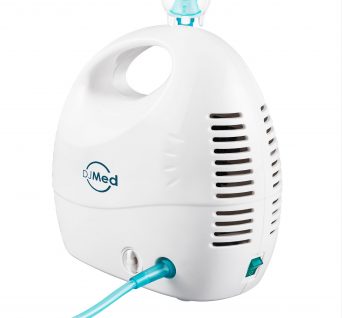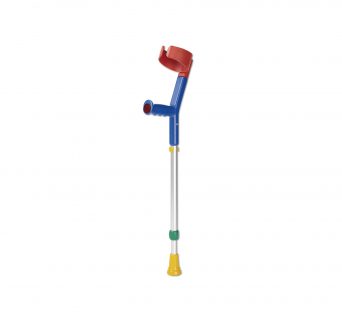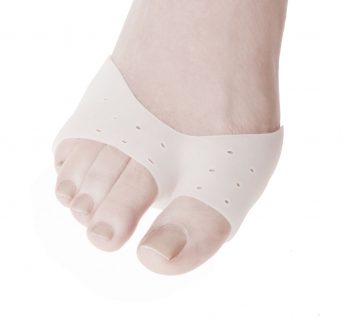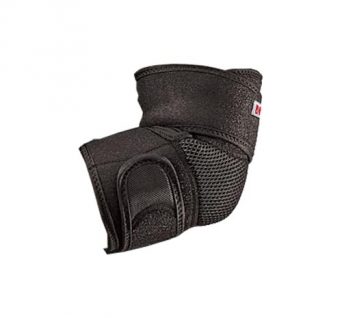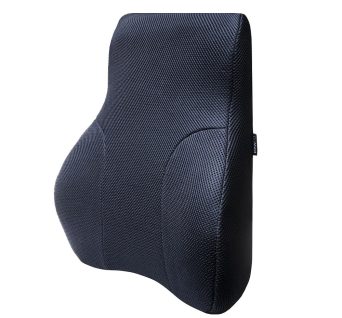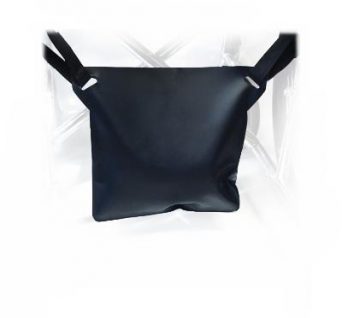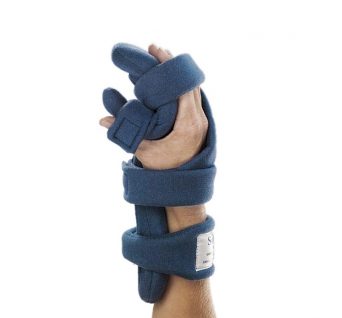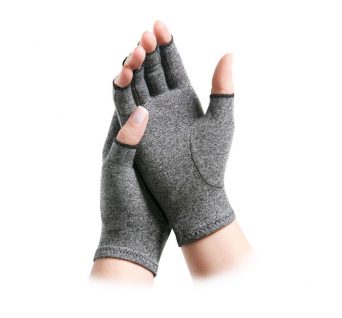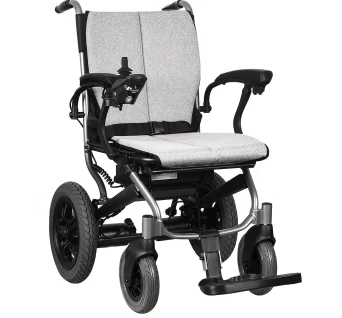No products in the cart.
Electric Wheelchairs
Showing the single result
- Electric Wheelchairs
MyRide In Style, Electric Power Wheelchair
Front folding, superior light weight lithium technology with effortless style, innovative mobility solution with dual motor drive.
Who says mobility aids can’t be fashionable? Our wheelchair combines functionality with modern aesthetics, making a statement with its sleek design and contemporary finish.
SKU: 70794
Electric Wheelchairs
Electric wheelchairs, also known as power wheelchairs, are mobility devices designed to assist individuals with limited mobility in moving around independently. Unlike manual wheelchairs, which require physical effort to propel, electric wheelchairs are powered by electric motors.
Key features of electric wheelchairs include:
Motorized propulsion: Electric wheelchairs are equipped with electric motors that provide propulsion, allowing users to move without physical exertion. These motors are typically powered by rechargeable batteries.
Control mechanisms: Users can control the movement of electric wheelchairs through various mechanisms such as joystick controllers, switches, or touchpads. These controls enable users to navigate the wheelchair forward, backward, and turn in different directions.
Battery life: The battery life of electric wheelchairs varies depending on factors such as the type of battery, user weight, terrain, and usage patterns. Manufacturers typically provide estimates of battery life per charge, and users can recharge the batteries as needed.
Terrain versatility: Some electric wheelchairs are designed to handle various types of terrain, including indoor surfaces, outdoor pavements, and rougher terrains like gravel or grass. Specialized models may offer features like suspension systems or larger wheels for improved stability and maneuverability.
Portability and transport: While electric wheelchairs tend to be heavier and bulkier than manual wheelchairs due to the battery and motor components, many models are designed with portability in mind. Some feature foldable frames or detachable components to facilitate transportation in vehicles.
Safety features: Electric wheelchairs often come equipped with safety features such as anti-tip wheels, automatic braking systems, and stability controls to prevent accidents and ensure user safety.
Electric wheelchairs provide individuals with mobility impairments greater independence and freedom of movement, enhancing their quality of life and enabling participation in various activities both indoors and outdoors. These devices continue to evolve with advancements in technology, offering improved functionality, comfort, and accessibility for users.
What type of batteries and motors do an electric wheelchair use?
Electric wheelchairs typically use rechargeable batteries and electric motors to provide power and propulsion. Here’s a breakdown of the common types of batteries and motors used in electric wheelchairs:
Batteries:
- Lead-Acid Batteries: These are one of the most common types of batteries used in electric wheelchairs. They are relatively inexpensive and provide sufficient power for most wheelchair applications. However, lead-acid batteries tend to be heavier and bulkier compared to other battery types. They also have a limited lifespan and may require regular maintenance.
- Gel Batteries: Gel batteries are another type of sealed lead-acid battery that uses silica gel as the electrolyte. They offer similar advantages to AGM batteries, including maintenance-free operation and enhanced safety. Gel batteries are often preferred for applications where vibration resistance and deep discharge cycling are important.
- Lithium-Ion Batteries: Lithium-ion batteries are becoming increasingly popular in electric wheelchairs due to their high energy density, lightweight design, and longer lifespan compared to lead-acid batteries. Lithium-ion batteries offer faster charging times and higher power output, making them ideal for users who require longer range and more frequent use of their wheelchairs. However, they are typically more expensive than lead-acid batteries.
Motors:
- Brushed DC Motors: Brushed DC motors are commonly used in electric wheelchairs due to their simplicity, reliability, and cost-effectiveness. These motors use brushes and a commutator to generate motion, and they are relatively easy to control using simple electronic circuits. However, brushed DC motors may require occasional maintenance to replace worn brushes and commutators.
- Brushless DC Motors (BLDC): Brushless DC motors offer several advantages over brushed DC motors, including higher efficiency, quieter operation, and longer lifespan. BLDC motors use electronic commutation to achieve motion, eliminating the need for brushes and commutators. They are also more compact and lightweight than brushed DC motors, making them well-suited for electric wheelchair applications where space and weight are important considerations.
- Gearless Hub Motors: Some electric wheelchairs use gearless hub motors, which are integrated directly into the wheels. These motors offer a compact and maintenance-free design, with no gears or brushes to wear out. Hub motors provide smooth and efficient power delivery, and they are often used in electric wheelchairs designed for outdoor use and rough terrain.
Overall, the choice of batteries and motors for an electric wheelchair depends on factors such as cost, performance, maintenance requirements, and user preferences. Manufacturers may offer different options to suit the needs of various users and applications.
What frame material do electric wheelchairs use?
Electric wheelchairs can be constructed from a variety of materials, with each offering different benefits in terms of strength, weight, durability, and cost. The most common frame materials used in electric wheelchairs include:
Steel: Steel is a robust and durable material commonly used in wheelchair frames. It provides excellent strength and stability, making it suitable for heavy-duty applications and users with higher weight capacities. However, steel frames tend to be heavier than frames made from other materials, which can affect the overall weight and maneuverability of the wheelchair.
Aluminum: Aluminum is lighter than steel while still offering good strength and durability. Aluminum frames are often used in electric wheelchairs to reduce weight and improve maneuverability, particularly for users who require a lighter wheelchair for transportation or storage. Aluminum frames may also have a lower profile and sleeker appearance compared to steel frames.
Carbon Fiber: Carbon fiber is an advanced composite material known for its exceptional strength, stiffness, and lightweight properties. Carbon fiber wheelchair frames are typically reserved for high-end, custom-built electric wheelchairs designed for maximum performance and comfort. While carbon fiber frames offer superior strength-to-weight ratio and vibration damping compared to metal frames, they are also significantly more expensive.
The choice of frame material for an electric wheelchair depends on factors such as user preferences, budget, intended use, and specific requirements such as weight capacity and portability. Manufacturers may offer different frame material options to accommodate a wide range of users and applications.
Best practice on how to use an electric wheelchair
Using an electric wheelchair safely and effectively involves several best practices to ensure the user’s comfort, safety, and optimal performance. Here are some guidelines:
Familiarize Yourself with the Controls: Before operating the electric wheelchair, take the time to familiarize yourself with the controls. Understand how to start and stop the wheelchair, maneuver in different directions (forward, backward, left, right), and adjust the speed settings if applicable.
Practice in a Safe Environment: Begin by practicing in a safe and open environment, such as a spacious room or an empty parking lot. Practice turning, stopping, and navigating around obstacles to gain confidence and proficiency in using the wheelchair.
Maintain Proper Posture: Maintain good posture while seated in the wheelchair to prevent discomfort and potential health issues. Sit upright with your back against the backrest, and ensure that your feet are supported on the footrests or footplates.
Adjust the Seat and Controls: Adjust the seat height, backrest angle, armrests, and footrests to ensure proper support and comfort. Make sure that the joystick or control device is positioned within easy reach and can be operated comfortably.
Be Mindful of Obstacles and Hazards: Pay attention to your surroundings and watch out for obstacles, uneven terrain, ramps, curbs, and other hazards that may impede your movement. Approach obstacles slowly and cautiously, and plan your route to avoid potential hazards.
Use Caution on Slopes and Ramps: Exercise caution when navigating slopes, ramps, and inclines. Approach them at a slow and steady pace, and avoid sudden movements or abrupt changes in direction. Use any available safety features such as anti-tip wheels or stabilizers if your wheelchair is equipped with them.
Practice Safe Transfers: When transferring into or out of the wheelchair, use proper transfer techniques to avoid injury. If assistance is needed, communicate your needs clearly and ensure that the transfer is performed safely and with proper support.
Regularly Inspect and Maintain the Wheelchair: Perform regular inspections of the wheelchair to check for any signs of wear, damage, or malfunction. Check the battery level and ensure that the wheelchair is charged before use. Follow the manufacturer’s recommended maintenance schedule for routine servicing and repairs.
Follow Traffic Rules and Regulations: If using the electric wheelchair outdoors or in public spaces, obey traffic rules, pedestrian guidelines, and any relevant regulations for mobility device users. Be courteous to pedestrians and other road users, and yield the right of way when necessary.
Seek Training and Assistance if Needed: If you are new to using an electric wheelchair or have specific mobility needs, consider seeking training from a qualified professional or occupational therapist. They can provide guidance on proper techniques, safety practices, and customization options to optimize your wheelchair experience.
By following these best practices, users can maximize the benefits of electric wheelchairs while ensuring their safety, comfort, and independence in everyday activities.

